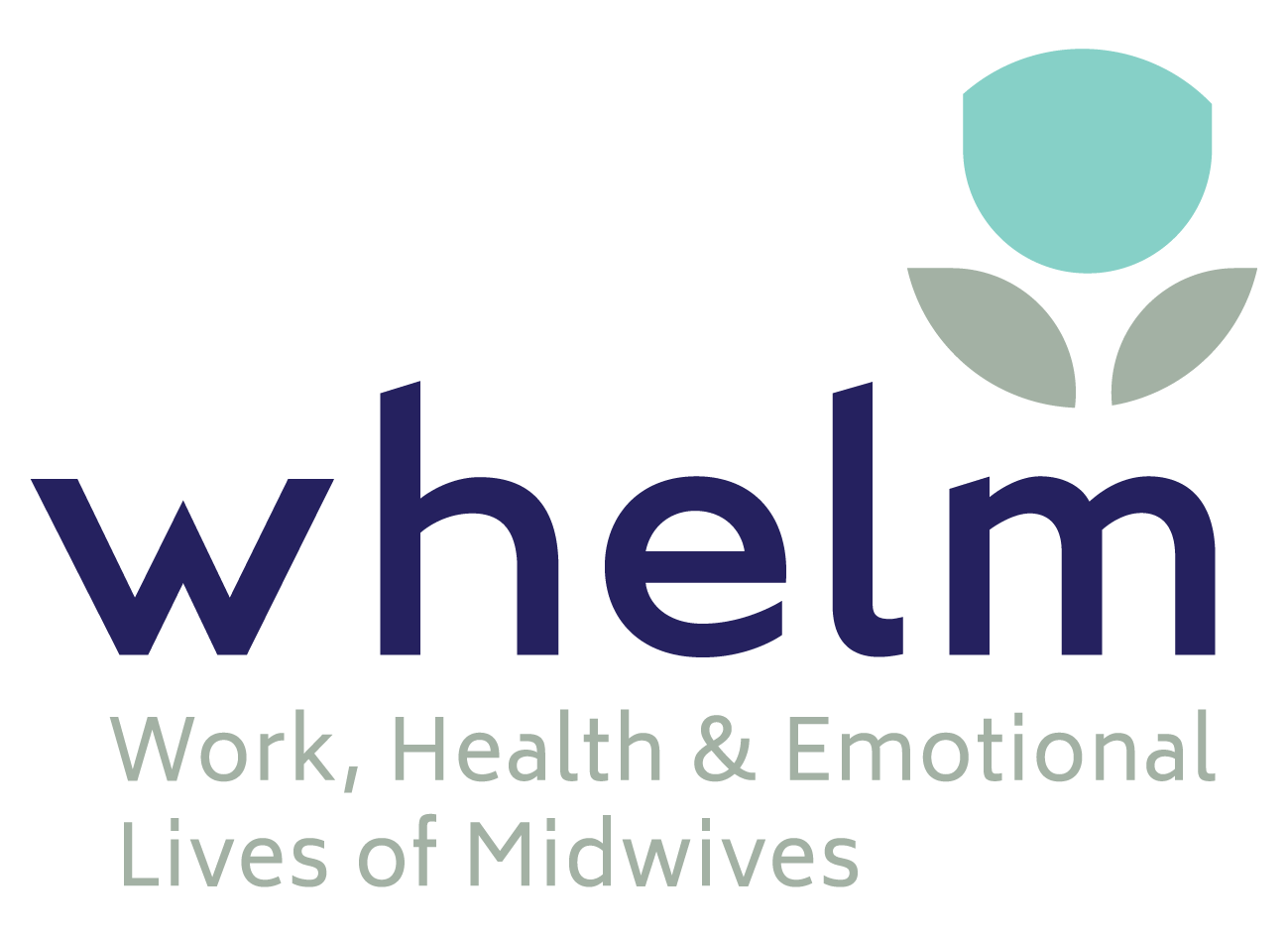Access to continuity of midwifery care (CoMC) models in Australia is increasing but the capacity of the emerging midwifery workforce to provide this care remains largely unknown. Continuity of midwifery care has been a required component of Australian midwifery education programs since 2009 (ANMAC, 2009). This has been primarily achieved through the concept of the ‘Continuity of Care Experience’ (COCE), where midwifery students follow a woman on her journey through the pregnancy, birth, and postnatal period (ANMAC, 2014). COCE are undertaken within all models of maternity care and the requirements surrounding these experiences vary widely by educational institution (Gamble et al., 2020). Midwifery education programs are required to contain equal parts theoretical and clinical hours and those clinical hours not achieved through COCE are undertaken via clinical placements, most often within standard (or fragmented) maternity care models (ANMAC, 2014; Gamble et al., 2020).
Researchers from the Transforming Maternity Care Collaborative recently published an integrative literature review which set out to discover how well pre-registration midwifery education prepares and motivates Australian midwifery students to work in continuity of midwifery care models when they enter practice (Carter et al., 2020). The findings reveal that access and exposure to CoMC is a crucial component of midwifery education. The full text of the paper is available free via this link for a short time.
Midwifery students consistently expressed that their COCE equipped them with increased knowledge, skills, and confidence in midwifery practice (Browne et al., 2014; Dawson et al., 2015; Fenwick et al., 2016; McKellar et al., 2014; Sidebotham et al., 2015). Their COCE enabled them to build trusting relationships with women, enabling them to recognise and provide woman-centred midwifery care (Browne et al., 2014; Dawson et al., 2015; Fenwick et al., 2016; McKellar et al., 2014; Sidebotham et al., 2015). These factors improved work satisfaction amongst midwifery students and motivated them to provide CoMC upon entry to practice (Brown et al., 2014; Evans et al., 2020; McLachlan et al., 2013; Sidebotham et al., 2015; Sidebotham & Fenwick 2019). Midwifery support played an important role in influencing students learning and future career aspirations (Carter et al., 2015; Sidebotham & Fenwick 2019). Continuity of mentorship from a midwife, who worked in, and whose midwifery philosophy aligns with continuity of care, improved students’ understanding of the role, providing opportunity for them to gain insight into what working in these models really ‘looks like’ (Carter et al., 2015; Sidebotham & Fenwick, 2019).
Some midwifery students reported challenges in the achievement of their COCE. The most common concern was that of the impact on their work/ life balance and, to some extent, their finances (Brown et al., 2014, Carter et al., 2015; Dawson et al., 2015; Fenwick et al., 2016; McLachlan et al., 2013; Sidebotham & Fenwick 2019). It was evident from this research that existing methods of education program delivery and institutional structures often presented students with challenges, detracting from the value of their learning experiences. This was not the case however, when students’ clinical experiences took place within an established CoMC model (Sidebotham & Fenwick, 2019). When academic institutions actively support CoMC by prioritising and embedding it within program delivery, the challenges associated with CoMC are minimised (Sidebotham & Fenwick, 2019). These findings are in alignment with work by Gamble et al. (2020), who suggest that CoMC should become the core principle around which midwifery education programs are designed and delivered.
This integrative review found that while most midwifery students wished to work in continuity of midwifery care, not all felt able or capable to do so upon completion of their education. With motivation high, it is important to identify, expand, and promote factors that increase new midwives’ preparedness to work in CoMC. With little evidence as to how well theoretical and non-CoMC clinical learning prepares students to work in CoMC, further research is required to identify educational factors that enable and inhibit midwives from working this way upon entry to practice. Such research could be used to inform and implement a consistent approach to midwifery education internationally.
References
ANMAC (2009). Midwife accreditation standards 2009.
ANMAC. (2014). Midwife accreditation standards 2014.
Browne, J., Haora, P. J., Taylor, J., & Davis, D. L. (2014). “Continuity of care” experiences in midwifery education: Perspectives from diverse stakeholders. Nurse Education in Practice, 14, 573-578.
Carter, J., Dietsch, E., & Sidebotham, M. (2020). The impact of pre-registration education on the motivation and preparation of midwifery students to work in continuity of midwifery care: An integrative review. Nurse Education in Practice, 48, 102859.
Dawson, K., Newton, M., Forster, D., & McLachlan, H. (2015). Exploring midwifery students׳ views and experiences of caseload midwifery: A cross-sectional survey conducted in Victoria, Australia. Midwifery, 31, e7-e15. doi:10.1016/j.midw.2014.09.007
Evans, J., Taylor, J., Browne, J., Ferguson, S., Atchan, M., Maher, P., Homer, C. & Davis, D. (2020). The future in their hands: Graduating student midwives’ plans, job satisfaction and the desire to work in midwifery continuity of care. Women and Birth, 33(1), e59-e66.
Fenwick, J., Gamble, J. & Sidebotham, M. (2016). Being a young midwifery student: A qualitative exploration. Midwifery, 39, 27-34.
Gamble, J., Sidebotham, M., Gilkison, A., Davis, D., & Sweet, L. (2020). Acknowledging the primacy of continuity of care experiences in midwifery education. Women and Birth, 33(2), 111-118.
McKellar, L., Charlick, S., Warland, J. & Birbeck, D. (2014). Access, boundaries and confidence: The ABC of facilitating continuity of care experience in midwifery education. Women and Birth, 27(4), e61-e66.
McLachlan, H. L., Newton, M., Nightingale, H., Morrow, J. & Kruger, G. (2013). Exploring the ‘follow-through experience’: A statewide survey of midwifery students and academics conducted in Victoria, Australia. Midwifery, 29(9), 1064-1072.
Sidebotham, M., Fenwick, J., Carter, A. & Gamble, J. (2015). Using the five senses of success framework to understand the experiences of midwifery students enrolled in an undergraduate degree program. Midwifery, 31(1), 201-207.
Sidebotham, M. &Fenwick, J. (2019). Midwifery students’ experiences of working within a midwifery caseload model. Midwifery, 74, 21-28.








